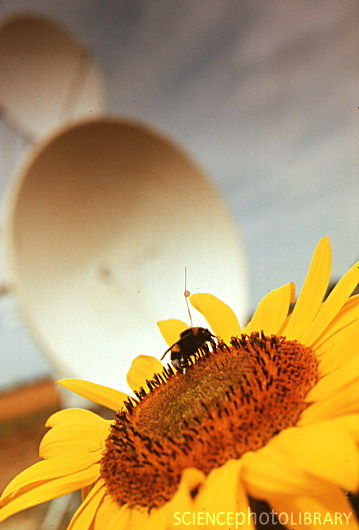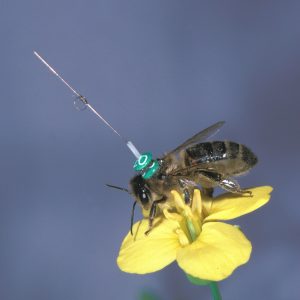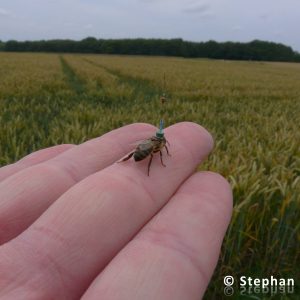Into the great wide open
Under them skies of blue
Out in the great wide open
A rebel without a clue
I’m beginning a new chapter in my life, and Tom Petty keeps floating through my head. The future really does feel wide open. After 16 months working with Carol Dawson and Peter Gordon at the BLM Colorado State Office in Denver, I’m selling my furniture and preparing to pack up my little RAV4 and move across the country. It’s similar to what I did a year and a bit ago, but more terrifying because I don’t have a job lined up for when I arrive.
I’m incredibly excited and ready for a change, but will also be very sad to leave Denver. The people I have met here and the experiences I have had have been wonderful. This internship has allowed me to learn so much about what the BLM does and how they do it, and as a result I have gained a lot of respect for the difficult decisions the Bureau makes. I have met passionate people who truly care about what they are doing, and have been able to participate in a variety of interesting projects. Whether I end up in federal service is still very much up in the air, but I have certainly gained a greater understanding of what such a career could entail.
Beyond the many things I learned about the botany of Colorado and how to effectively monitor a plant population, I also learned a great deal about myself during this internship. Initially, I learned that I could move to a new city and make a life for myself, in the process making wonderful friends and exploring a really fun and beautiful place. That first summer, to my surprise, I ended up living by myself. While terrifying at first, I rose to the occasion and ended up really enjoying the freedom that gave me. I learned about working an 8-4:30 job, waking up at the same time and getting myself to the same office every day. This became increasingly difficult during the winter when we didn’t have fieldwork to distract ourselves with, but I still managed, and I think I’m better for the experience. Finally, I learned about the transition to adulthood. While I still feel like a “freshman in real life,” it’s not so strange to me that I didn’t go back to school this fall.
Overall this has truly been a great experience for me, and I’m very grateful to have been given the opportunity. I couldn’t have asked for a better team to work with (thanks Carol, Peter, and Darnisha!). And so, as I say goodbye to Colorado, to my friends, and to my coworkers – remember, I will miss you!
Sama Winder
BLM CO State Office














